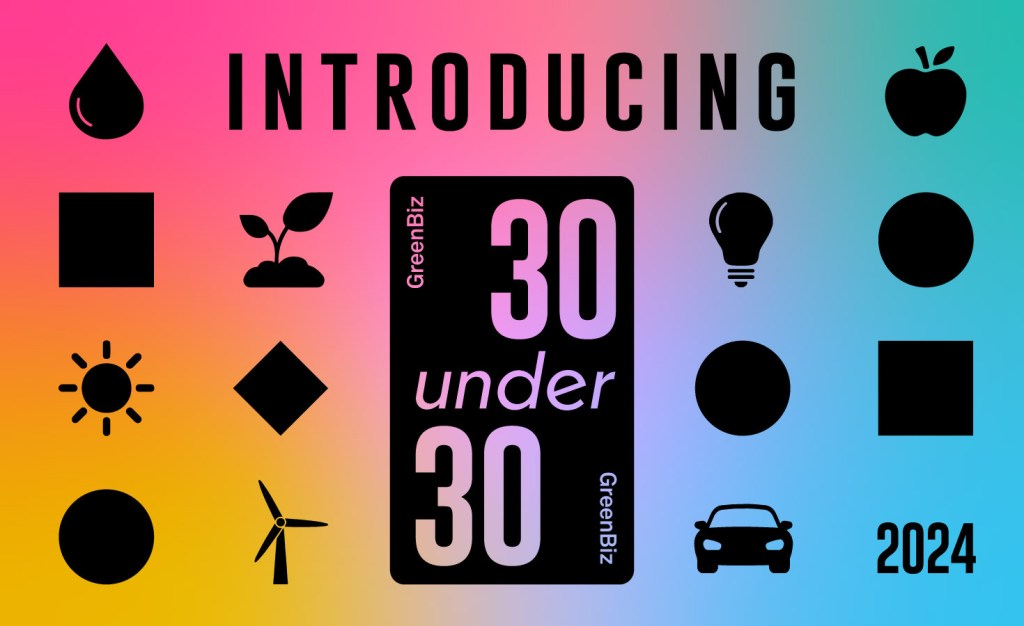As green bonds grow more popular, it's time for clearer standards
From Apple to New York's Metropolitan Transit Authority, dozens of corporations and public agencies have issued green bonds, yet none answers to a global standard. Read More

After $1 trillion in “green bonds” have moved through the world’s development banks, bond markets and corporate balance sheets since 2008, the United States Treasury and European Union have discussed issuing new green bonds to finance recovery from the COVID -19 pandemic.
You are perhaps asking yourself: Why do green bonds matter? It is not as if I am investing in the World Bank or European Investment Bank. How does this financial innovation affect me or my company?
One answer is that as they gain volume, green bonds are entering most climate-finance scenarios. Many private and public companies are issuing their own green bonds to raise capital for climate mitigation and attract new shareholders. Several countries such as Germany, France and the Netherlands have recently issued sovereign green bonds as well. Additionally, many energy or utility companies around the world have issued their own green bonds in order to build renewable energy projects. Still, many investors are wary of investing in green bonds because of the opaque ways entities can spend their raised capital.
Without proper government regulations, any private or public entities in the United States of America can raise capital through green bonds and not be penalized if they do not spend their raised funds in environmentally friendly projects. This relative paucity of standards for value, legitimacy and structure should give novice investors and issuers some pause. Many countries, too, are issuing green bonds before they have finalized what makes a bond green or what makes a green investment bondable.
India became the first country in South Asia to introduce green bonds in 2015 through YES Bank, a private banking institution. YES Bank issued its first series of green bonds to finance environmentally friendly projects worth about $67 million. Additionally, it issued $81 million worth of green bonds for China Light and Power (CLP) in India, one of the largest utility companies in the world. CLP India raised $81 million to construct the Rampur Hydropower Project, which provides electricity to northern India. Currently, it produces about 2 gigawatts annually. Soon after these endeavors, the Indian government implemented green bond guidelines based on the green bond principles created by the International Market Association (ICMA).
China is the largest green bond market in the world because the government is subsidizing or financially assisting private companies. (The Climate Bonds Initiative has studied this support.) In contrast with the lack of regulations and oversight by the American government in the green bond market, China has created a set of regulations through its National Development and Reform Commission to regulate the green bond market. The regulations are loosely based on the Green Bond Principles from International Capital Market Association. Several experts agree that China’s regulations are cumbersome due to layers of bureaucracy and administrative work that needed to be completed before a private green bond is launched.
Yet it can seem as though the prevalent alternative provides no oversight. According to Moody’s, “sustainable bond issuance [will] hit a record of $650 billion in 2021,” after doubling in 2020. The global estimation of all the green bonds that have been issued has shot past $1 trillion. Aside from basic anti-fraud regulations such as Rule 10b-5 issued by the United States Securities and Exchange Commission for all bonds, there are no specific guidelines nor oversight for green bonds in the U.S.
To earn the trust of investors, several public and private companies that are issuing green bonds have enlisted third-party verification. In November 2019, Apple launched its first green bond, “aimed at financing projects that have positive environmental impacts,” with the goal of reducing the carbon footprint associated with Apple’s own operations and more broadly across its entire value chain. In December, Apple engaged Sustainalytics “to review the projects funded through the issued green bonds to date and provide an assessment as to whether the projects met the Use of Proceeds criteria and the reporting commitments outlined in the Apple Green Bond Framework.” (This is boilerplate language that the ratings firm has used in other clients’ reports, too.)
With the support of Sustainalytics, Apple created a set of guidelines for allocating capital collected from the issuance of green bonds to “low carbon design and engineering, energy efficiency, renewable energy, carbon mitigation and carbon sequestration.” The increasing pressure from consumers for becoming carbon neutral is causing international corporations such as Apple to use green bonds in order to hedge the risks inherent in adopting components of a circular economy into their business models.
Local government agencies, such as New York State’s Metropolitan Transportation Authority, have tried similar disclosure. But do templates from for-profit and locally accountable issuers translate to a national green-bond standard?
At least in green-minded EU agencies, decision-makers are crafting new standards. The EU’s Technical Expert Group on Sustainable Finance has drafted green bond policies and the EU may pass those regulations as part of their 2021 green economic recovery. According to Bloomberg, the green bond guidelines finalized by the EU may not be mandatory, thus raising concerns of greenwashing occurring in public and corporate green bonds.
In 2020, China released its latest Green Bond Catalogue in which it removed “clean” coal use, coal-fired powerplants, coal mining and coal washing from their green bond standards, thus bringing “China into closer alignment with international standards.” Yet aside from the basic protections offered by the SEC, there is no special oversight or regulations for the global green bond market.
That may change. According to William Sokol, product manager of ETFs at VanEck, overarching regulation is needed for green bonds in order for the investor and issuer to feel safe. Even a few regulations from the SEC about green bonds would give investors confidence because they will feel that it is a legitimate source of investment and that it is overseen by the government. Proper definitions from the SEC about what “green bond” means and what activities constitute as green for green bonds will greatly help issuers to grow the market without sparking concerns of greenwashing. Sokol also argues that in order to truly boost confidence in green bonds, the U.S. Treasury has to issue its own sovereign green bonds, thus signaling to the world that America is serious about mitigating climate change.
Others argue that it’s time for the market to gain stricter rules than the nonbinding guidelines currently in force. Robert Fernandez, director of ESG Research at Breckinridge Capital Advisors, said social and sustainability bonds, similar to green bonds, are being issued with a “greenium.” With that price increase, he adds that the lack of federal guidelines for use of proceeds from the issuance of green bond “creates an issue if an issuer does not follow through on commitments. Investors have no recourse to the issuer except for selling the security if the investor has lost confidence in the issuer.” He sees sustainability-linked bonds as a type of instrument that can be used to “penalize issuers, and further compensate investors, if preset goals, such as a reduction in GHG emissions, are not reached during the term of the bond.”
The green bond market will grow rapidly with or without government guidelines, though. U.S. Treasury Secretary Janet Yellen is hinting that Treasury will issue its own sovereign green bonds, leading me to consider green bond issuance and trading as a promising long-term sector. Currently, the green bond market is only 1 percent to 2 percent share of the overall global bond market. But with proper, non-cumbersome regulations, the number of issuers of green bonds, and the number of investors investing in green bonds will increase rapidly.
With the hottest summer on record again, green bonds have emerged as a popular method of financing. Standards and disclosure can make them a more effective bank for a pathway into a sustainable future.













